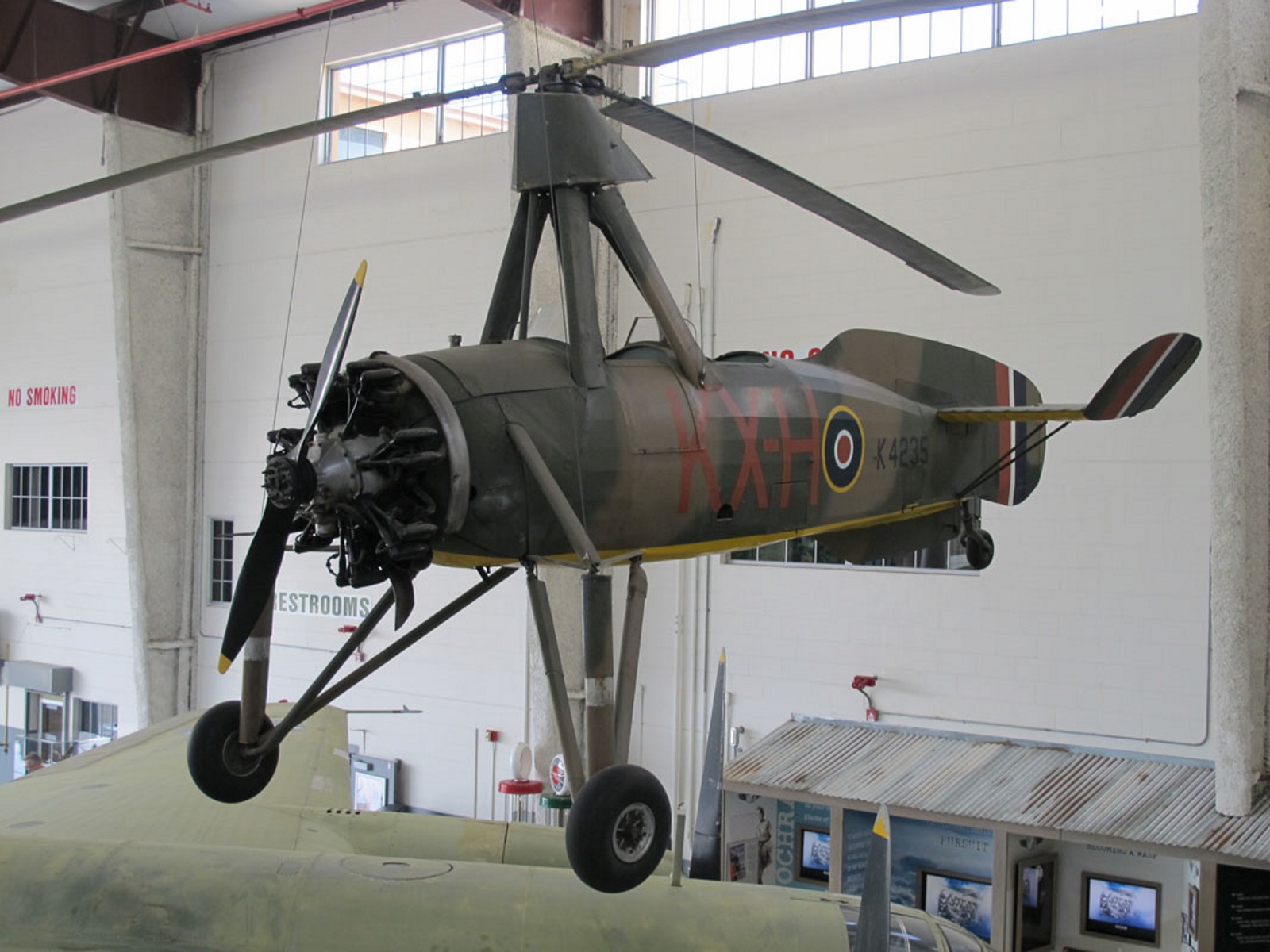
Cierva C.30 |
|
|---|---|
| Šalies | Italija |
| Vaidmenį | Autogyro |
| Pirmasis skrydis | 1933 m. balandžio mėn. |
| Pastatytas | 148 |
2007 Cierva C.30 buvo Juan de la Cierva suprojektuotas autogyro, kurį pagal Cierva Autogiro Company licenciją pastatė A V Roe & Co Ltd (Avro), Lioré-et-Olivier ir Focke-Wulf.
Šaltinis: Cierva C.30 Vikipedijoje
| Cierva C.30-A Autogyro Walk Around | |
|---|---|
| Fotografas | Vladimiras Yakubovas |
| Lokalizavimo | Skrydžio fantazija |
| Nuotraukos | 73 |
Taip pat žiūrėkite:
tekstas Nutarė Cierva C.30 was an autogyro designed by Juan de la Cierva and built under licence from the Cierva Autogiro Company by A V Roe & Co Ltd (Avro), Lioré-et-Olivier and Focke-Wulf. It was a revolutionary aircraft that introduced the concept of direct control, which allowed the pilot to change the rotor plane by tilting the rotor hub. The Cierva C.30 had a radial engine, a fabric-covered fuselage, a three-blade rotor mounted on a tripod, and a fixed tailplane with an inverted aerofoil section on one side.
The Cierva C.30 was used for various purposes, such as aerial observation, training, liaison, and air-sea rescue. It was also tested by several air forces, including the Royal Air Force, the Prancūzijos oro pajėgos, and the German Luftwaffe. The Cierva C.30 was one of the most successful and widely produced autogyros in history, with 143 units built between 1933 and 1936.
Peržiūrėta: 3101

